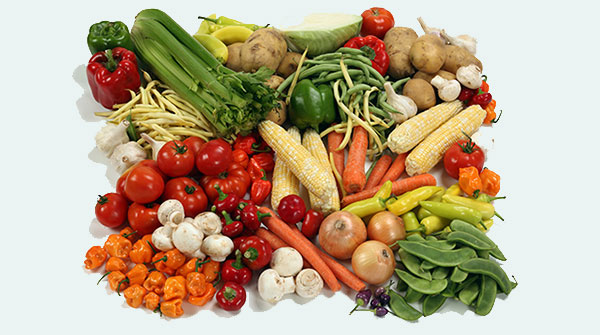Supermarkets are crowded with around 40,000 products, yet most shoppers spend fewer than 10 seconds selecting an item. That’s certainly not enough time to review current Canadian nutrition labels, which are on the back or side of packages and contain detailed information that’s often too complex for many consumers to understand.
But nutrition labeling is about to change in Canada. That’s good news for our health and for informed consumer decision-making.
Health Canada is developing new “high in” nutrition alert labels for the front of food packaging. This is consistent with best practices and evidence of how to provide consumers with quick and easy information about the levels of saturated fats, sugars and/or sodium in food and drink products.
How does it work?
When a product has more than a specified level of certain nutrients, it must have a prominent black label on the front of the package that says simply, depending on the nutrient in question: “high in sugar,” “high in fat” or “high in sodium.” There are no numbers or symbols that require further interpretation.
Importantly, the simple but powerful words “Health Canada/Santé Canada” should also be on the label to convey that the alert symbol has legitimacy and authority.
This is an excellent step forward and will make Canada the first G7 country to mandate such labels if the plan proposed by Health Canada is approved and implemented.
Why did Health Canada choose this option?
Research, including work awarded the Nobel Prize, has consistently demonstrated that consumers don’t spend a great deal of time and effort in purchasing situations, especially when it comes to repetitive decisions, which is the case when buying food. Current nutrition facts, unfortunately, don’t sufficiently influence shoppers’ choices towards healthier products.
Why is this the case?
Because food and drink nutrition labels are frequently difficult to find, hard to read and obscured by competing claims on the packaging.
There are often prominent but misleading claims by manufacturers on the front of the packages that may be at odds with the nutrition label on the back. Images of natural foods, such as fresh fruits and cartoon characters, as well as colourful designs, can also distort consumer perceptions about certain foods.
A good nutrition label needs to cut through the hype.
The key to an effective front-of-package labelling system is that it must be both simple and interpretive. Simple means that it shouldn’t require that the consumer have any nutritional knowledge for the label to be understood. Interpretive means that information should be given in the form of guidance to the consumer, rather than simply providing numbers.
Consumers invest little time in making a purchasing decision, so the system has to also facilitate quick recognition and processing of the information.
Various other promising front-of-package labelling systems have been developed to help consumers make better food choices. Some involve traffic lights – green, yellow and red to indicate low, moderate or high levels of nutrients. Others use numbers and percentages to depict the level of nutrients, and some use stars – the more stars, the healthier.
But research has generally found that these systems are not as effective at helping consumers steer away from foods that are “high in” sodium, sugar or saturated fat. And these ingredients are linked to the diseases that are the major causes of death and loss of years of healthy life in Canada, such as cardiovascular diseases, cancer and diabetes.
Health Canada was also able to rely on international experience when making its decision. The “high in” labelling approach is used in Chile, and approved for use in Peru and Uruguay.
Evaluation of the first year of use in Chile shows that 93 per cent of Chileans reported they understand the labels and 92 per cent found it influenced their purchasing decisions. Manufacturers may also be improving the nutritional content of their products to avoid the negative labels. Food manufacturers in Chile reformulated 18 per cent of their products prior to the implementation of the labelling system in order to avoid having the label on their products.
Canada and many other countries face an epidemic of obesity and diet-related chronic diseases with serious and expensive health consequences for individuals and societies. Front-of-pack “high in” nutrition labels will help consumers make healthier and more informed food choices.
Dr. Fabio da Silva Gomes is an Advisor in Nutrition and Physical Activity with the Pan American Health Organization/ World Health Organization.
The views, opinions and positions expressed by columnists and contributors are the author’s alone. They do not inherently or expressly reflect the views, opinions and/or positions of our publication.


